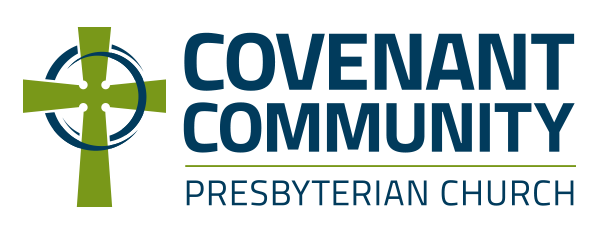The Passover Preparation
This Sunday marks the conclusion of our Passover Preparation focus, as we will remember Jesus' return to Jerusalem for the third and final Passover of His ministry. During this final journey to Jerusalem, Jesus is hailed as the Messiah by great crowds of people, who wave palm branches and lay down palms and cloaks for his donkey to walk on as He travels to the holy city.
So much is in the background during this moment! We are reminded that the immediate cause of Jesus' entry into Jerusalem is His desire to honor and obey God's commandments by observing the Passover meal. It is extraordinarily significant that the most important week and work of Jesus' life occurs on the anniversary of God's greatest work of salvation in the Old Testament. We recognize, as well, what an incredible encouragement the reminder of God's saving power must have been to Jesus, who was preparing to face the greatest trial of His life.
Palm Sunday: The Final Passover
The story of Jesus' entrance into Jerusalem is recorded in all three Gospels; our text for Sunday comes from John 12:12-19. This moment in John is overshadowed by the resurrection of Lazarus (the fulcrum of the Gospel of John), which continues to add fame to Jesus, increase His danger from the religious authorities, and foreshadow His own resurrection.
Consider the significance of this religious festival, celebrating the redemption of Israel from slavery in Egypt, during a time when Israel is once again conquered, this time by the Romans. A similar situation is found in Ezra 6:19-22, where the people returned from the Babylonian exile yet remained under the authority of yet another conquering power.
The celebration of Passover is a reminder that God is mightier than the kingdoms of the world; yet the message Jesus conveys is a complex one. The mighty God comes into His city during a celebration focused on His awesome power ... while riding a lowly donkey's colt. Of course His disciples did not understand! So often we find that the redemption we are desperately longing for is not the redemption we really need. Which does God offer us today?
Extras
The shouts of the crowd are clearly for Jesus; however, they are not spontaneous declarations of faith. They are quotes from a group of Psalms (120-134) called the "Psalms of Ascent." These were Psalms sung by the pilgrims on their way to Jerusalem to celebrate the holy festival days. Interestingly, the most famous shout, "Blessed is he who comes in the name of the LORD," comes from Psalm 118, just before the Psalms of Ascent.
We will celebrate the Passover meal as a congregation on Maundy Thursday, just as Jesus and His disciples would have done. You will need to register for this meal, either on our website or by calling the church office at 715-359-6467.


















